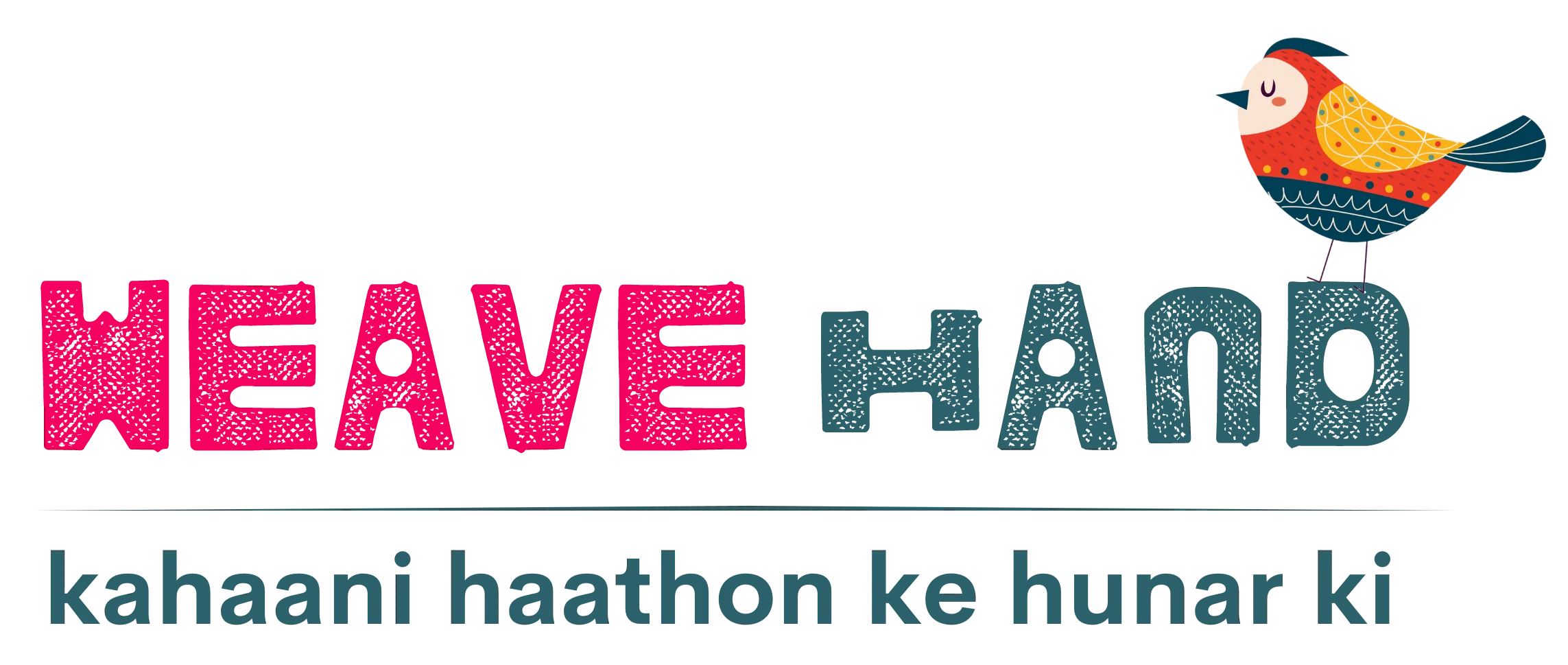Handloom and handicrafts hold a significant position in India's heritage and have long been vital to the country's economy. However, this industry faces numerous challenges, including a lack of support from the public sector and shifting consumer preferences.
Challenges Faced by the Handloom and Handicraft Industry:
1. Competition from Machine-made Products:
One of the foremost
challenges confronting the handloom and handicraft sector is competition from
machine-made goods. These products, being cheaper and produced in large
quantities, often overshadow handcrafted items in the eyes of consumers.
Consequently, the demand for artisanal products declines, adversely affecting
the livelihoods of artisans and weavers.
2. Lack of Government Support:
The handloom and handicraft industry largely comprises small and medium-sized enterprises that often struggle to compete with larger corporations. Unfortunately, governmental support for this sector has been inadequate, with policies and regulations sometimes working against its interests.
3. Changing Consumer Preferences:
As younger consumers increasingly gravitate towards Western-style clothing and accessories, the demand for traditional handloom and craft items dwindles. This shift in consumer tastes poses significant challenges for artisans and weavers, making it harder for them to sustain themselves through their craft.
Opportunities to Support the Handloom and Craft Industry:
1. Purchase Handloom and Handicrafts:
One of the most effective ways to bolster the handloom and craft industry is by purchasing handcrafted products. By doing so, individuals not only support the livelihoods of artisans and weavers but also contribute to the preservation of traditional techniques and designs.
2. Promote Handloom and Handicrafts:
Another avenue for supporting the industry is through advocacy and promotion of handloom and handicraft products. Sharing personal experiences with these items on social media platforms and encouraging friends and family to make similar purchases can help generate awareness and increase demand for these products.
3. Support Government Initiatives:
The government has initiated various schemes such as Handloom Marks and Handicraft Marks to support the industry. By backing these initiatives, individuals can contribute to raising awareness about the importance of handloom and handmade products and bolster the sector.
4. Educate Yourself and Others:
Understanding the
history and significance of handloom and handicrafts is crucial. By educating
ourselves and others about the industry, we can foster a deeper appreciation
for these products and their cultural importance.
In conclusion, the
handloom and handicraft industry is an indispensable part of India's cultural
heritage, deserving of our support. Through purchasing and promoting
handcrafted items, supporting government initiatives, and increasing awareness,
we can contribute to the preservation of this industry for future generations.
